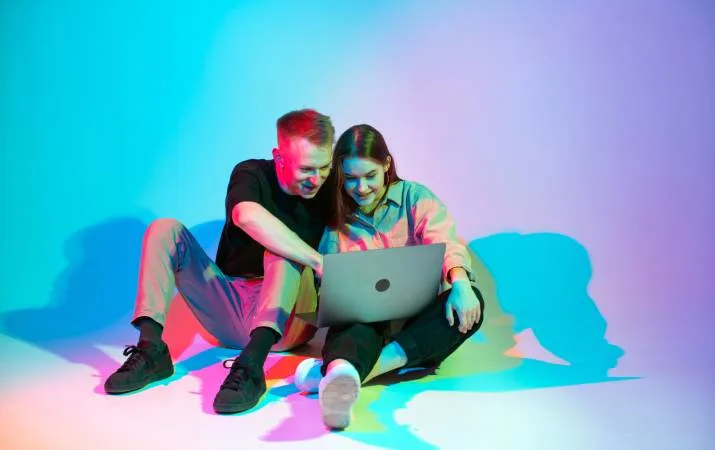Why you should study art online
Studying art online might sound hard to imagine. But there can be many benefits to exploring your creativity through a virtual university short course or degree.
Is it possible to learn art online?
When you picture studying art, you might have a very specific image in mind—plenty of students clustered around easels or workshop tables, learning under the guidance of a lecturer who can physically touch and view their work.
But thanks to technology it is more than possible to study art online, with both short courses and art degrees available for remote learning through universities that are experienced in teaching in online environments.
There are plenty of options for studying art online, including short courses specialising in artistic disciplines (e.g. drawing), as well as art degrees.
What is the difference between fine art and visual art courses?
The difference between fine art and visual art courses is in the title. The latter refers to art that is experienced by ‘looking’, and encompasses a wide range of mediums, from oil paintings to photography to digital art. The former is focused on the intellectual and aesthetic impacts of art.
Or, as Moira Doropoulos, Major Lead and Unit Coordinator of Fine Art Major (OUA Art Studies) at Curtin University puts it, “In our fine art course, we encourage students to work beyond the purely visual and incorporate media and methods that engage other senses, including immersive space/installation, audio, tactile work, etc, to explore ideas and methodologies relating to contemporary art practice.”
How does learning art online work?
Learning art online is based around a combination of different teaching methods, with lecturers and tutors supporting students through virtual classroom environments.
“In all of our units we offer students a range of learning resources designed specifically for their unit, including text-based instructional materials, video and graphics based ‘how-tos’, along with more general art resources and web-based technical resources,” Moira explains.
This means that as a student, you would gain instruction and knowledge through online learning materials, to then apply to your art practice. You would then upload and display your work for feedback via the virtual classrooms for discussion in tutorials.
Can you get feedback on your art when studying online?
Feedback is a major part of the learning process when studying art, and tutors and lecturers facilitate feedback for students in virtual classroom environments. This can be through uploaded images of your work being assessed, live video calls, or other methods depending on the course you study.
Why should you study art online?
“Online learning has enabled a great number of individuals who would like to undertake a few courses or a full degree in art studies,” Moira says. “Students who choose to study art online do so for a vast variety of reasons, including those who are unable to attend a physical campus and have the opportunity to realise their creative study goals through online learning.”
Some of the key benefits of studying art online include:
It’s flexible – studying online means you can balance your studies with other work and life commitments.
You can access online learning regardless of where you live – this makes studying art more accessible, especially if you're based in a regional or remote area.
It’s easier to self-pace when studying online – you can arrange your schedule to make the most of your creative energy!
You can connect with teachers and other students from across the country, and access a wide range of study options from short courses all the way through to degrees in art.
Ready to explore your creative side? Discover art courses available online with leading universities.



